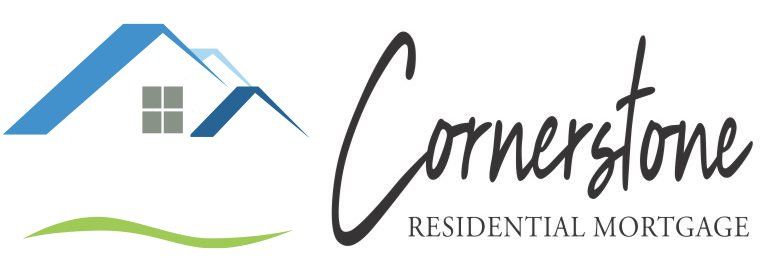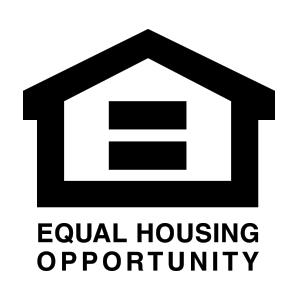
If you're buying your first home, you'll probably spend a lot of time looking for the right property, but it's also important to look for the right mortgage. As you compare different options, you may bump into a lot of new concepts. Here are some key essentials you need to understand.
1. Term
The word term refers to the amount of time you have to repay the mortgage. Generally, mortgages have 15- or 30-year terms. If you can afford the monthly payments on a 15-year mortgage, that's the way to go.
You pay off your mortgage sooner, and you pay a lot less interest throughout the life of the loan.
2. Fixed Rate
A fixed-rate mortgage has the same interest rate throughout the lifetime of the loan. For example, if you take out a fixed-rate 30-year mortgage and the interest rate is 5 percent, you pay 5 percent in interest on Day One and 20-plus years down the road.
With this setup, you pay the exact same monthly payment every month until the mortgage is paid off. This predictability makes it easy to plan for the long term.
3. Adjustable Rate
In contrast, an adjustable rate changes. Depending on the loan, it may adjust after the first year or after several years. Additionally, it may change once or it may change periodically until the loan is paid off. It's important to understand when the rate is going to adjust so that you can plan accordingly.
Generally, rates adjust based on an index, and the new rate is that index plus a certain number of percentage points (referred to as a margin). To illustrate, imagine your rate adjusts based on the Monthly Treasury Index and your margin is 3 points. If the MTA is 0.944, your rate changes to 3.944 percent.
4. Government-Backed Mortgage
Government-backed mortgages are extremely common. You get these mortgages from private lenders or banks as usual, but the government secures them. That simply means that the government promises to step in and help the lender if you default on the loan.
Due to that extra assurance, lenders are more likely to work with borrowers that they may reject under normal circumstances. USDA, FHA and VA loans are all government-backed mortgages.
5. Conventional Loans
A conventional loan is just a mortgage that is not backed by a government agency. Generally, these loans can be harder to obtain. For instance, you typically only need a 3 percent down payment with an FHA loan, but you may need up to 20 percent down on a conventional loan.
Additionally, the credit requirements tend to be stricter with conventional loans than with governmentbacked mortgages.
6. Conforming
In regard to home mortgages, conforming means that a loan meets the requirements set by Fannie Mae and Freddie Mac. Conforming loans must be under a certain value, which varies based on whether you are in an area with high property values.
The monthly payment must also be under a certain percentage of the borrower's monthly income, and in many cases, the borrower may need a certain down payment for the mortgage to be considered conforming.
7. Jumbo
Jumbo loans refer to any loans that are not conforming. This classification only applies to loans that are above the maximum loan limit. These mortgage tends to be for very high-value homes or luxury properties or for higher-risk borrowers. They often have higher interest rates than conforming loans.
At Cornerstone Residential Mortgage, we love working with first-time buyers. If you are ready to get into your dream home, contact us to set up a mortgage or learn more today.



